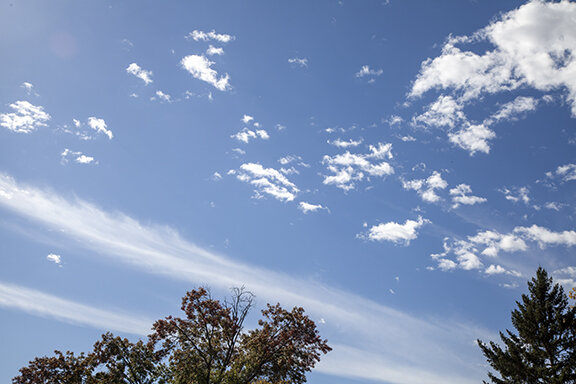The map above is the a chart showing weather conditions at 32,000 feet this morning, Wednesday, October 7, 2020 at 7:00 a.m. CDT (1200Z). The data comes from a weather balloons launched at the stations plotted on the map. The shaded areas show where the strongest winds were blowing.
The radiosonde station weather balloon station at Gaylord, Michigan reported winds at 32,000 feet were nearly 175 mph as measured by a weather balloon. The strongest winds were in the red and magenta areas. The core of the jet stream is running from northern Minnesota to western New York State.
This is not an unusual wind speed at high altitudes but such speeds only occur in the core of the jet stream. By contrast, wind speeds in the southwestern United States ranges from less than 10 mph to about 25 mph. The location of the jet stream is important for weather in the middle latitudes. The jet stream contains the strongest winds in the westerlies that circle the globe in the middle latitudes of the northern and southern hemispheres. The jet stream determines the location of storms and regions of fair weather.
Just for the fun of it, check out the air temperatures on this chart. For example, the upper air temperature at North Platte, Nebraska is -47 degrees Celsius at 10,880 meters (35,695 feet).

































































